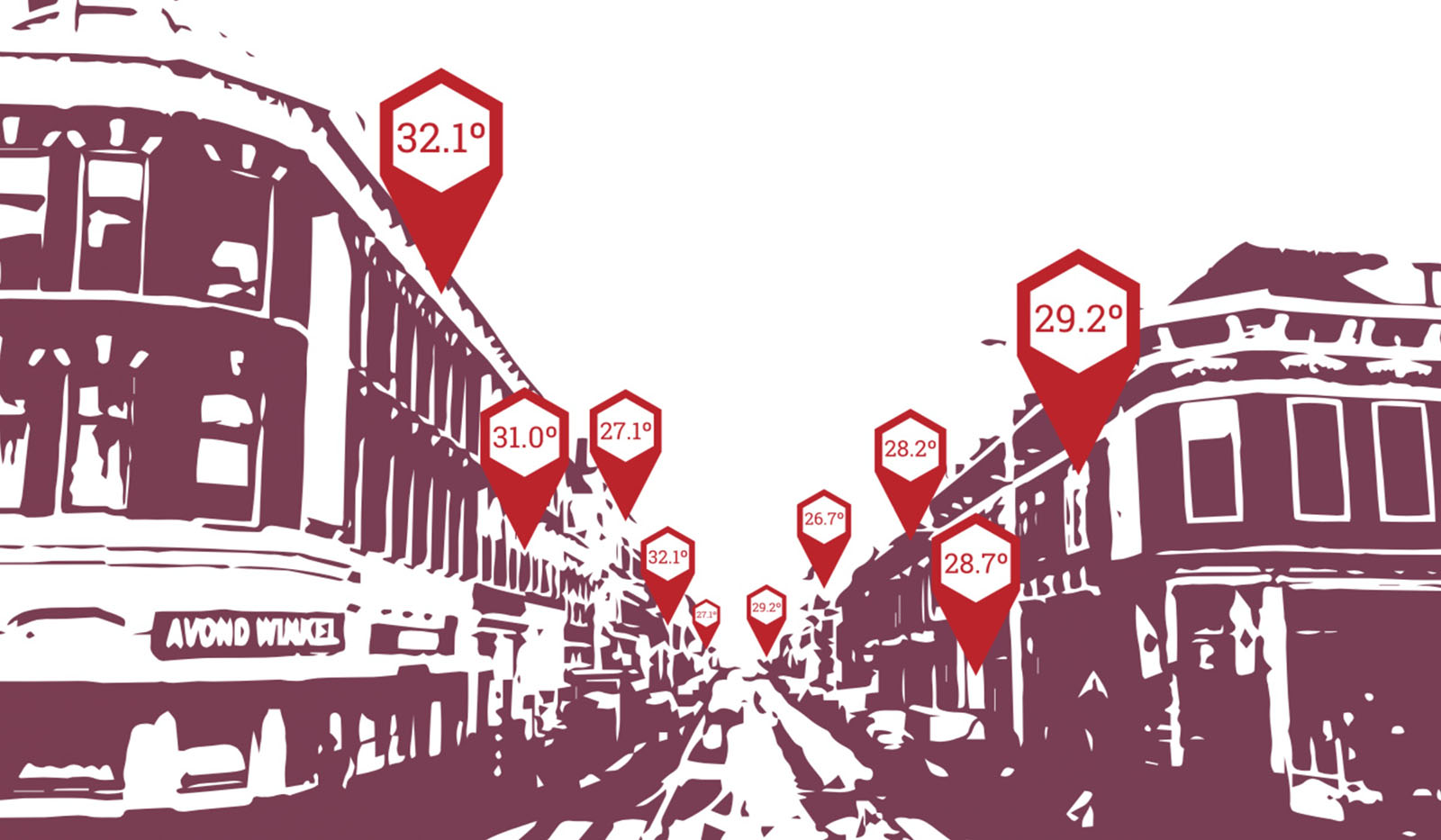Downloads
DOI:
https://doi.org/10.7480/spool.2014.2.935Keywords:
urban heat island, rotterdam, adaptation, urban designAbstract
Sensing Hotterdam recorded the temperature in 1,000 Rotterdam homes and at 300 public spaces in the summer of 2014 in order to outline the links between the urban heat island, the built environment and public health in the city of Rotterdam. The measured outdoor temperature readings point to a clear heat island effect in Rotterdam. Temperatures in homes are generally higher than those in the surrounding area, and also show a large degree of variation. Indoor temperatures are less affected by local outdoor temperatures than we had expected.
How to Cite
Published
License
Copyright (c) 2020 SPOOL

This work is licensed under a Creative Commons Attribution 4.0 International License.

References
Vandentorren, S., Bretin, P. , Zeghnoun, A., Mandereau-Bruno, L., Croisier, A., Cochet, C., … Ledrans, M. (2006). August 2003 Heat Wave in France: Risk Factors for Death of Elderly People Living at Home. European Journal of Public Health, 16(6), 583–591. doi:10.1093/eurpub/ckl063
van der Hoeven, F., & Wandl, A. (2015a). Hotterdam: Hoe ruimte Rotterdam warmer maakt, hoe dat van invloed is op de gezondheid van de inwoners, en wat er aan te doen is. Delft, Nederland: TU Delft Bouwkunde. doi:10.7480/bkbooks/hotterdam/nl
van der Hoeven, F., & Wandl, A. (2015b). Hotterdam: How space is making Rotterdam warmer, how this affects the health of its inhabitants, and what can be done about it. Delft, Nederland: TU Delft Architecture and the Built Environment. doi:10.7480/bkbooks/hotterdam/en



